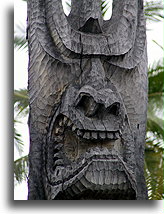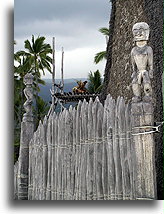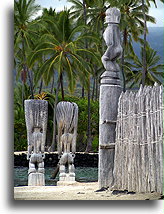In ancient Hawaii, kakawai (system of laws) regulated the people behavior and every day activity. Many places, things, times were kapu (sacred, restricted). A common person could not look or get close to the chief, walk in chiefs footsteps or even let his own shadow fall on royal grounds. Women could not eat the foods reserved for men like pork, red fish, coconuts or bananas. They could not even eat together with men or prepare meals for them. Kapu also regulated seasons for fishing, hunting, planting and harvesting. Any breaking of kapu disturbed the stability of the society; the punishment often was death.
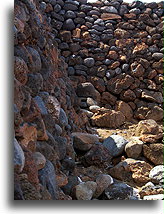

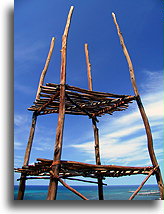
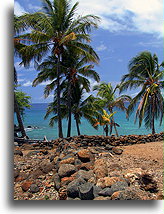
Puuhonua o Honaunau on Big Island of Hawaii is the place where Hawaiians who broke a kapu against the gods could avoid certain death by fleeing to this place of refuge. If kapu breaker reached Puuhonua, ceremony of absolution was performed. The offender could then return home safely.
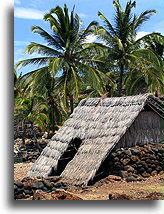
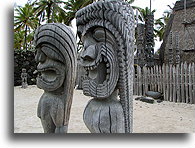

The heiau (temple) at Puukohola (meaning Hill of the Whale) on the Kona coast of the island of Hawaii, is one of the last structures built in Hawaii to occur the favor of ancient Hawaiian gods. Constructed in 1790-91 and dedicated to god of war Kuka'ilimoku, this heiau is directly associated with the founding of the Hawaiian kingdom by King Kamenahameha I. The heiau is composed of stone, terraced platforms, enclosed by stone walls. Today, this temple is still covered by kapu that forbids direct access to this sacred site.
